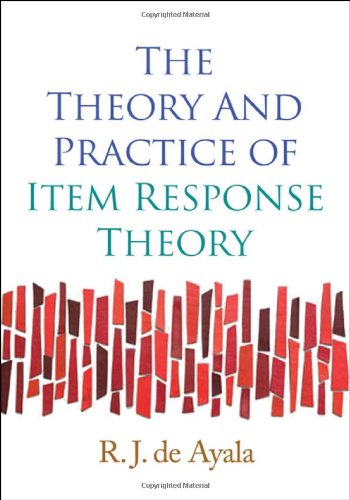

Most ebook files are in PDF format, so you can easily read them using various software such as Foxit Reader or directly on the Google Chrome browser.
Some ebook files are released by publishers in other formats such as .awz, .mobi, .epub, .fb2, etc. You may need to install specific software to read these formats on mobile/PC, such as Calibre.
Please read the tutorial at this link: https://ebookbell.com/faq
We offer FREE conversion to the popular formats you request; however, this may take some time. Therefore, right after payment, please email us, and we will try to provide the service as quickly as possible.
For some exceptional file formats or broken links (if any), please refrain from opening any disputes. Instead, email us first, and we will try to assist within a maximum of 6 hours.
EbookBell Team

4.7
16 reviewsItem response theory (IRT) is a latent variable modeling approach used to minimize bias and optimize the measurement power of educational and psychological tests and other psychometric applications.
Designed for researchers, psychometric professionals, and advanced students, this book clearly presents both the "how-to" and the "why" of IRT. It describes simple and more complex IRT models and shows how they are applied with the help of widely available software packages. Chapters follow a consistent format and build sequentially, taking the reader from model development through the fit analysis and interpretation phases that one would perform in practice. The use of common empirical data sets across the chapters facilitates understanding of the various models and how they relate to one another.